Genre: Platformer Developer: Sega Ent. Publisher: Sega Ent. Players: 1 Released: 1987
I have many memories from my childhood of going to what I expected to be boring family dinners and being relieved to find a Sega Master System II with Alex Kidd in Miracle World built-in and ready to entertain the kids in the back room. The people who owned these systems rarely had more than one cartridge game for the console, if any, and whatever other game they had, Alex Kidd was usually the preferred choice. Not having a Master System myself, this was experience with the console growing up. It wasn’t until my late teens that I bought one off a friend and began playing through the most notable games, which of course included Alex Kidd in Miracle World.
The first point to note about Alex Kidd was that despite the relatively short time I got to spend with it as a kid, the game was always fun to play. In little more than twenty minutes you can go from platforming, to swimming, riding a motorbike, flying a mini-helicopter, and speeding across a lake on a boat. I rarely had the time (or initially the skill) to get much further than the forest, and the farthest I saw before getting the game for myself was the first castle. The variety of items, levels, and overall gameplay made the game unique at the time. This variety is Alex Kidd’s greatest strength, and after going through it all again that remains just as true today. I don’t want to let my nostalgia for it get in the way though and in playing through it again, I had my eyes discerning much of the design throughout.
Something that immediately jumped out at me in travelling through Miracle World again was just how inconsistent the level design is. The levels in the game vary widely in length and design and plenty of areas are repeated. Many of the stages seem to have been designed with little thought, with objects and enemies placed without a specific pattern. There are stages that are over in little more than a few minutes and some that go on for many times that. This inconsistency is also true of the way Alex zigzags around the map between stages. To be fair, I make not so much a criticism as an observation, though, as this design works quite well. Coming back to it today, I found it just as much fun to spend time destroying the destructible rocks to get money bags, defeat enemies and searching for items.
The vehicles which were unique for the time were still fun to command though the ride was often all too brief. Much like Alex with enemies, one hit will bring the ride to an end, but the items and secrets always made going for that extra money bag or dangerous jump worth the risk. Successfully navigating the vehicles through the levels became a challenge to be proud of, as they are all quite manageable, though more slowly paced, with Alex alone. It is a shame that the speed boat only appeared once, while the mini-helicopter and motorbike make multiple appearances.
The other items in the game are all useful, but it takes time and practice to learn where they are useful. The cane is useful for getting through some particularly hard platforming areas, and the hats and power ring are especially useful in boss fights. Careful platforming and Alex’s punch attack is suitable in most situations, and all obstacles and enemies are surmountable with skill and practice.
As a child, I found Miracle World quite unforgiving, if only because one hit will lose a life. Apart from a few areas, especially late in the game, the difficulty is quite balanced. The areas that are particularly difficult can usually be overcome with the sensible use of an item. The boss battles are initially just playing rock-paper-scissors, and while this was unique at the time, it soon becomes tiresome. The repetitive battles are especially a chore after beating later enemies and having to contend with their flying heads.
Another aspect that is unique to me today seems to be just how Japanese it is. I associated janken entirely with the Alex Kidd series until I learned of its popularity with Japanese children and it was only much later that I learned the onigiri (rice ball) was changed to a hamburger for Western releases. For my next playthrough, I used the Japanese version of the game and the included janken battles, while certainly odd, would be something to which Japanese children would have readily related.
Its personality, as well as the catchy music, colourful areas, and uniquely varied gameplay made Alex Kidd in Miracle World a classic that’s still just as playable today. Modern players might be initially put off by the slippery controls, one hit deaths, and some of the more fiendish traps late in the game but with time and practice, there’s plenty to enjoy. What is unfortunate as that this is both the original game and the peak of the short-lived series. Though I quite enjoyed the direct sequel on the Mega Drive, I always considered and still do today consider this the better game. Even though Alex Kidd never captured children’s interest the way Sonic later did, the original is genuinely good in its own right. If only because it tried to be unique rather than merely copying the Super Mario Bros. formula, it deserves status as a Sega classic.
SCORE: 8 out of 10

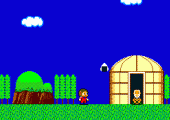
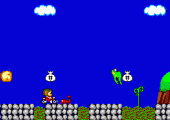
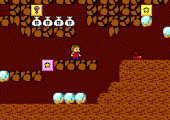
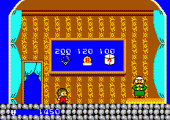
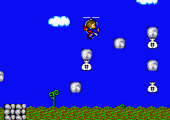
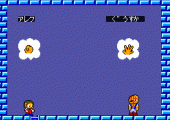
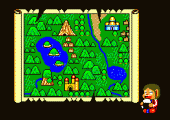
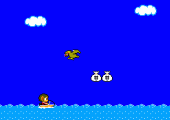
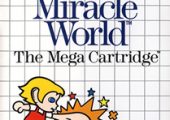
Pingback: Video Game Reviews and Articles | The Essential Malady
Pingback: Video Game Reviews & Articles | The Essential Malady
Pingback: Sega-16 Articles | The Essential Malady